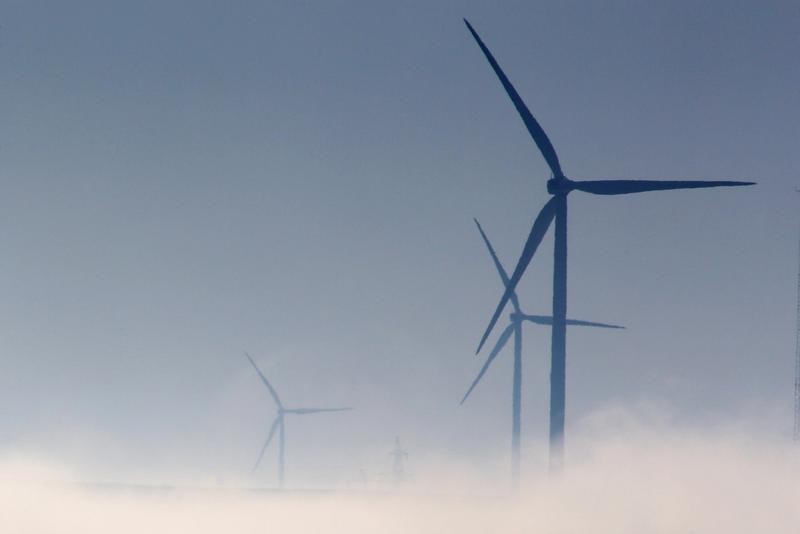InvestingPro’s Fair Value model captures 63% gain in Steelcase ahead of acquisition
Investing.com -- UBS sees Asia-Pacific at the center of the global energy transition, underpinned by what it calls “APAC Transition Exceptionalism.”
The bank argues the region has the imperative, comparative advantage, and opportunity to lead. With high fossil fuel import dependence and acute climate risks, APAC faces the heaviest GDP downside in a 3°C scenario.
At the same time, it holds an unmatched edge in cleantech manufacturing, from China’s dominance in solar modules to Korea’s leadership in batteries and India’s expanding OEM capacity.
Already accounting for more than half of global transition investment, the region’s policy, capital and growth cycles are reinforcing a self-sustaining upturn.
UBS structures this into seven investment themes. Renewables scale-up remains core, with APAC both the largest consumer and exporter of solar, wind, and related technologies.
Digital infrastructure and AI are adding new demand shocks, as hyperscale data centers drive efficiency needs in semiconductors, cooling and power systems.
Cooling and heat resilience has shifted from discretionary spending to essential infrastructure for households, industries, and data hubs.
Multi-modal electrification—from two-wheelers and buses to trucks and passenger EVs—leans on APAC’s dominance across batteries, semiconductors and chemicals.
Industrial decarbonisation and automation are gaining traction as exporters adapt to carbon border taxes and domestic carbon pricing. Investments in waste-heat recovery, robotics, and dual-fuel shipping are accelerating.
Energy system resilience, covering nuclear, storage, and digital grids, is seen as critical to stabilising variable systems.
Finally, grid growth stands out as the backbone of the transition, with transmission and distribution capex doubling and equipment backlogs at record highs.
UBS distills these themes into a 33-stock Best Ideas List. Among renewables, it highlights LONGi, GCL Tech, Waaree Energies, Sungrow, and Voltronic. Cooling and HVAC exposure comes through Daikin, Midea, Voltas, Thermax, and Triveni Turbine.
The electrification cycle is represented by BYD, Li Auto, Yadea, Yutong, Sinotruk, Ninebot, CATL, and LG Energy Solution.
On the digital and semiconductor side, TSMC, SK Hynix, and Renesas feature prominently.
Energy resilience and grid growth is anchored by Dongfang Electric, Harbin Electric, Sieyuan, Sanxing, Willfar, Paladin Energy, HD Hyundai Electric, Siemens India, and Hitachi.
The bank’s analysts say the companies in its Transition Best Ideas List are expected to deliver a median earnings growth of 26% in 2025, 25% in 2026, and 21% in 2027, compared with 5–11% for the MSCI APAC benchmark.
“The average 3Y earnings growth rate of 27% for 2025–2027E vs the benchmark average growth of 9%” underscores the return potential.
UBS’s HOLT analysis suggests the market is not fully pricing in this trajectory, with 12-month forward CFROI expected to be 262 basis points higher than implied by current valuations.
The durability of APAC’s transition rests on structural factors. Energy security concerns translate into long-term contracts and policy certainty, while climate vulnerability creates urgency for mitigation and adaptation.
Clean energy already accounts for more than 10% of China’s GDP and is a critical driver of growth across the region.
With governments offering strong policy support and companies capturing scale economics, UBS sees APAC’s transition leadership as both structural and investable.
